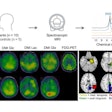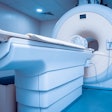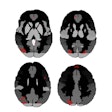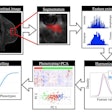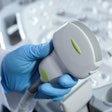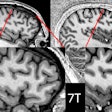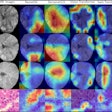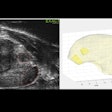Dear AuntMinnie Member,
The link between gadolinium-based MRI contrast media and nephrogenic systemic fibrosis (NSF) is on the front burner again in our MRI Digital Community. Two new articles in the community delve into possible reasons for the connection, as well as what radiology professionals can do to reduce the incidence of allergic reactions.
In our first story, staff writer Shalmali Pal reports on a German study that sought to determine whether different formulations of gadolinium contrast were more or less likely to produce NSF. They took four versions of gadolinium and tested them in rats to see whether certain formulations produced more NSF-like reactions. Find out what they learned by clicking here.
In another article, Ms. Pal reviews ongoing research to find ways to use MRI with lower doses of gadolinium. The techniques being developed range from revamped scanning protocols to using 3-tesla MRI scanners, which due to their higher signal-to-noise ratio may enable clinicians to employ less contrast media. Learn more about possible options for reducing contrast use in your facility by clicking here.
We offer up proof of the beneficial impact of MRI contrast media with a story that further validates the efficacy of contrast-enhanced breast MRI. A new meta-analysis by Dutch researchers found that the specificity of the technique -- historically considered to be breast MRI's weak point -- is actually higher than you might think. Get the real data by clicking here.
Get these stories and more in our MRI Digital Community, at mri.auntminnie.com.

.fFmgij6Hin.png?auto=compress%2Cformat&fit=crop&h=100&q=70&w=100)
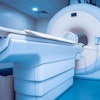

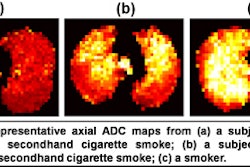
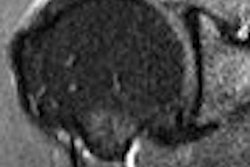
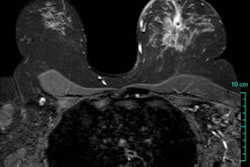
.fFmgij6Hin.png?auto=compress%2Cformat&fit=crop&h=167&q=70&w=250)
